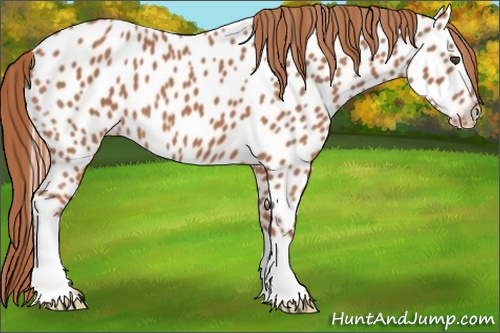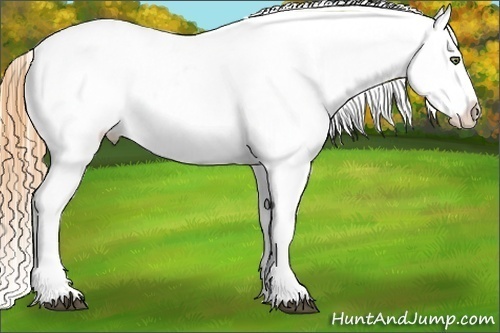X
HGG Community Forums
Log In to HorseGeneticsGame
HGG Community Forums
Join our discord server!
Howdy, Stranger!
It looks like you're new here. If you want to get involved, click one of these buttons!
Categories
- All Discussions68,267
- Announcements381
- HJ2 Discussion67,060
- ↳ New Member Introductions569
- ↳ Help me out3,469
- ↳ Horses For Sale and Auction12,515
- ↳ Breeding Ads and Sales3,456
- ↳ Herd Helper39,570
- ↳ Bug Discussion120
- ↳ Repair Log12
- General Discussion826
- ↳ Saddle Sisterhood32
- ↳ Games, Contests and GiveAWays54
- ↳ Genetics245
In this Discussion
- Alohomora September 2017
- Ammit August 2017
- best friend June 2017
- BlueValley August 2017
- Cheers July 2017
- ColorGoodStables June 2017
- ConfluenceFarms June 2017
- Dinascar June 2017
- DivineDreams August 2017
- fj1482 June 2017
- GallifreyanAngel June 2017
- Haltanny June 2017
- KerredansCorral June 2017
- NorthernStars August 2017
- ObsidianKitsune August 2017
- Ravenbrook July 2017
- RipshinCreekFarm June 2017
- Ritsika June 2017
- RoseFlute August 2017
- RunFarAway June 2017
- SandycreekFarm June 2017
- StarfireAcres June 2017
- Stone Run Stables June 2017
- TheAppyLab July 2017
- Tigeria June 2017
- Timber August 2017
- Waldgraf June 2017
- Wildland Acres June 2017
- WindwardFarm June 2017
Who's Online (0)
Microdot Discussion
-
Instead you should be looking at what the very largest spotted and very smallest spotted horses have in common.
___________
Need to contact me? Read this first.
http://www.huntandjump.com/forum/discussion/3/how-to-get-help-from-an-administrator -
What Ammit said got me thinking so I started looking
Disclaimer: Not all of these horses are mine.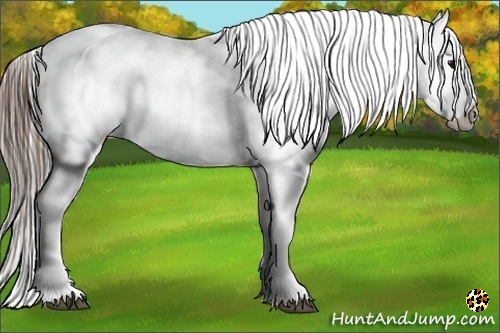
WO2 929066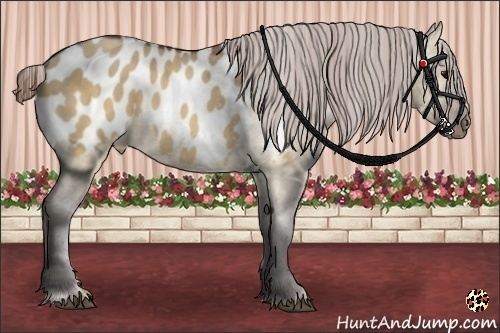
WO1 Braeburn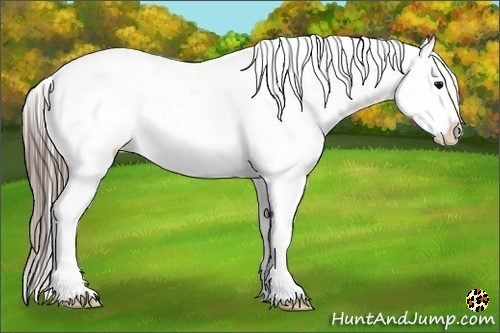
WO2 929038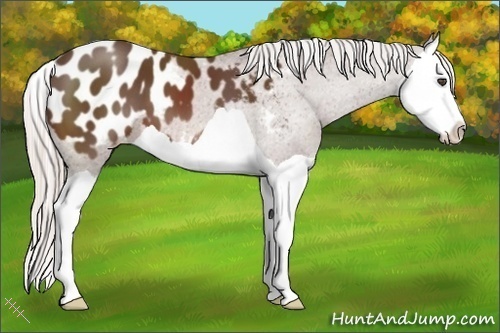
M31 Sant Blanc 5G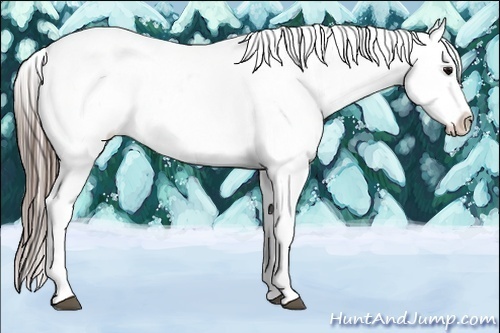
Hyde Park Hettie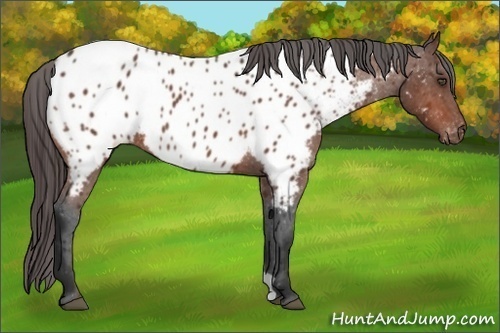
KT Pure Image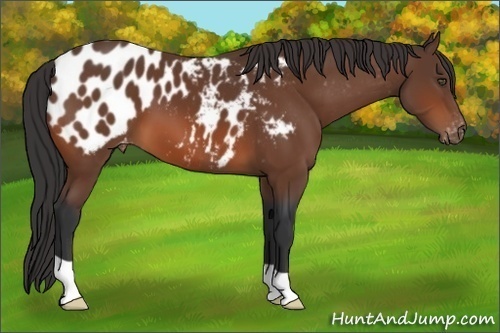
HHF Getcha Moon
Here is my conclusion If you look at the smallest of small dots and the largest of large dots it seems both these horses have 1 thing in common that stands out to me. They each have one ECA3P+ and one ECA3P PATN1 gene. Sometime you have to look really close. Like these two stallions I own.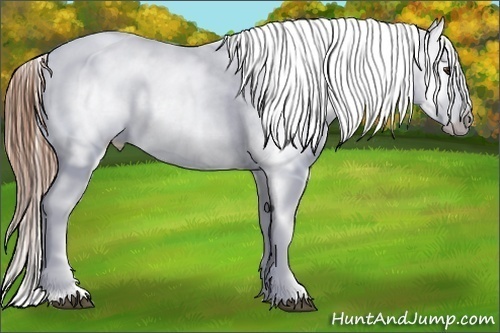
WO1 This Is My Spot
WO1 Braeburn
This Is My Spot spots look pretty big but Braeburn's spot are bigger then his if you look closely. Hence Braeburn is + and PATN1 and This Is My Spot is homo PATN1. Now I have no clue what this means I simply did it because Ammit said to look and see what they have in common and that is what stood out to me. I might be completely wrong lol -
I'm gonna have to ponder this over night and come back to it tomorrow. Its getting very late/early (1:30AM oops) and I'm starting to see spots lol
You might be onto something with the PATN1 thing fj1482 but I think there is also something else going on in conjunction to that. Would have to probably look at homo lp horses, even though they are usually few spot... I'm half wondering if maybe the Kit genes have an impact on spot size in certain situations as well....
I think a spreadsheet or a graph might be in order to try and sort through all this lol This is certainly proving to be quite the puzzle -
I have three horses that are het patn1, 2 are micro dots and 1 is med-size. My two largest spotTed horses are both homo +/+, but I haven't compared to see if they are as large as some of these.#28036
-
I finally had time to read this thread and I want to thank all its contributors for this thorough investigation of microdots. I find it very interesting and I will be expanding your sample size as soon as I breed my appaloosas. I have a range of foundation to fourth generation.
Following are my fourth generation horses that you can observe the dot size of: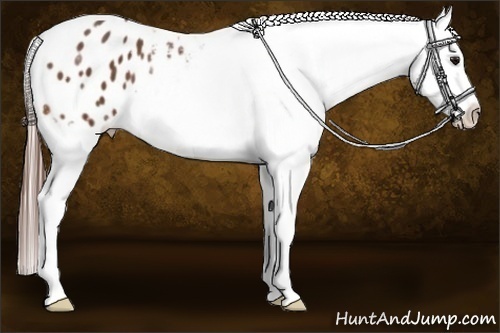
4G Stars That Sang hKP
Het Lp ECA3P+/+
Medium-small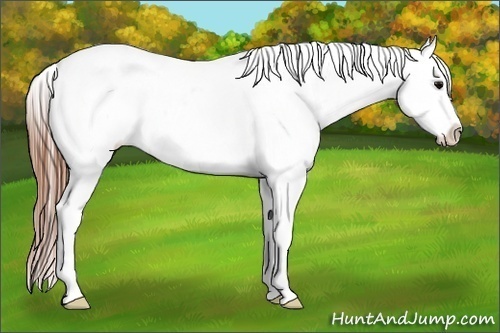
4G Wishful Black Pearl
Het Lp ECA3P PATN1/+
Frequent medium-small
4G Infinity Beam hKP
Het Lp ECA3P PATN1/+
Medium-small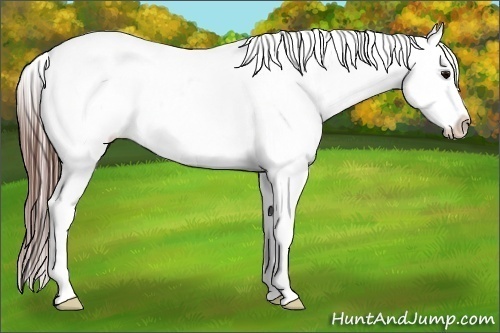
4G Sabino Stone
Het Lp ECA3P PATN1/PATN1
Medium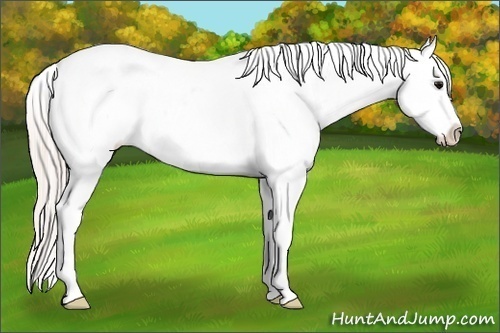
4G Infinity Watch hKP
Het Lp ECA3P PATN1/+
Medium splotch
My inexperienced eye can't discern the medium from tiny, tiny from micro. So if I mis-categorize them please let me know.
EDIT: A closer look at Infinity Watch's pedigree.
Great-grandsire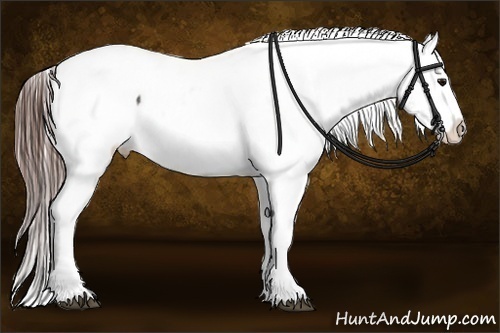
RS Diamond Avenger
Homo Lp ECA3P +/+
No spots
Bred to a no spots mare: http://hj2.huntandjump.com/horse.php?horseid=330024 (No Lp No ECA3P)
Grandsire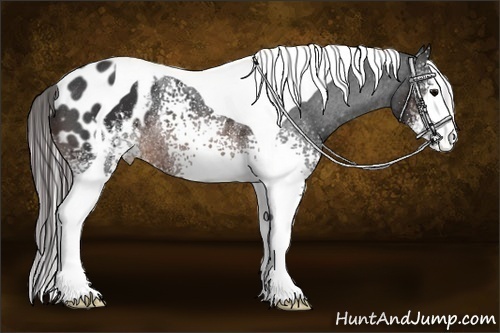
2G Sunfire Stone hKP
Het Lp ECa3P PATN1/+
Large splotches
Bred to a no spots mare: http://hj2.huntandjump.com/horse.php?horseid=396053 (No Lp No ECA3P)
Sire
SH Infinity Stone
Het Lp ECA3P PATN1/PATN1
Large spots
Bred to a no spots mare: http://hj2.huntandjump.com/horse.php?horseid=455446 (No Lp No ECA3P)
No spotted foals from Infinity Watch. -
Ok so I put this boy
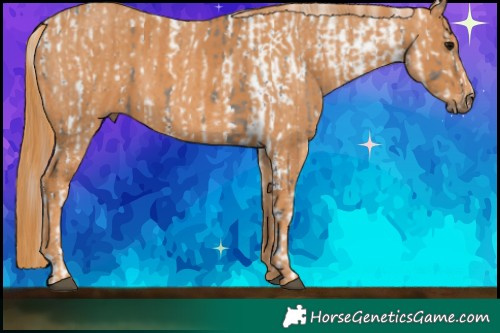
RFA The Lost Stradivarius
to non Appy mares (he likes to pass on his spots!) and got the following. All foals at ECA3P +/+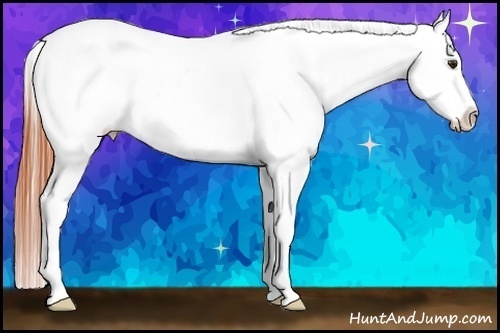
RFA OistrakhStrad II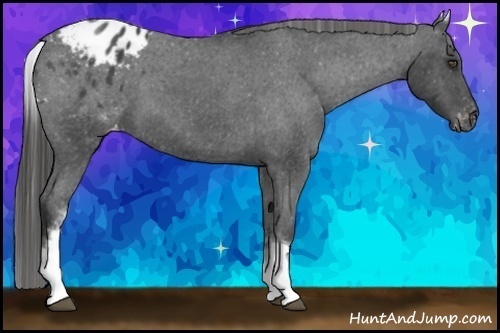
RFA Unico Strad II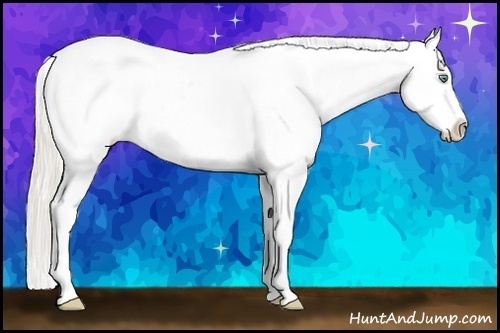
952128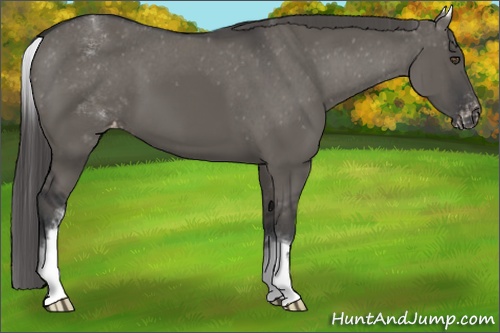
952129
Some are difficult to determine the effect on spot size just due to lots of white or non-patterned Appy.
I'll have more to share once I breed all of my recently created Appy mares. -
Ok so I kinda do understand the genetics posted but I study chemistry so all of this is way out of my experience lol. Not to mention I have a small herd and no space, but I am more than willing to lend my horses to people who'll use them for this study.
These are probably my biggest spotted horses. Both are first +, and then PATN1. Minimal and then medium WF.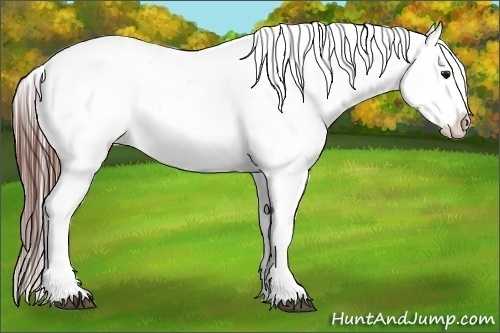
Dappled Debutant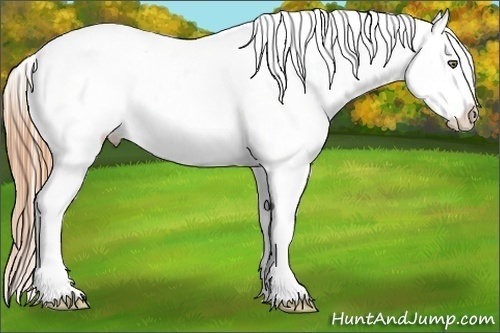
3 Champagne Celebration
And these are probably my smallest dotted horses. The first one is PATN1 and then +, with a wf of none and the second is ++ with a WF of none.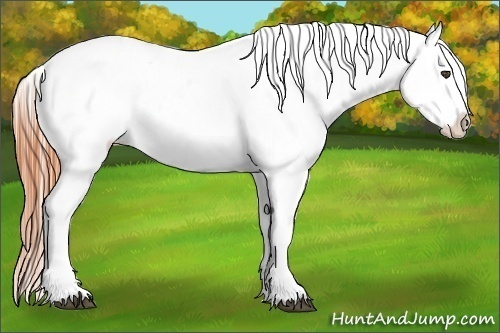
2 Dirty Perfection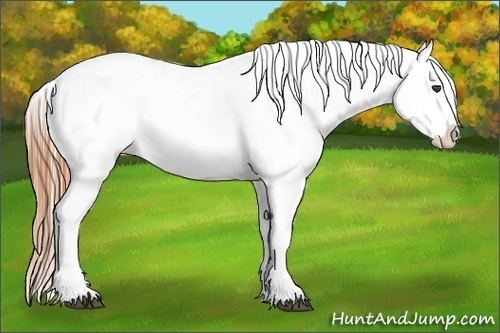
2 A Pretty Dream
After a closer look at my leo appy boy who I posted earlier, he's more of a medium than a large.Producer of Volcanic Glass Drafts. Lapisobsidianus.
Prices are almost always negotiable. -
May I join this chat. I am very interested. I have quite a few appies
-
@best friend it's open to anyone, you don't need to ask ^~^Producer of Volcanic Glass Drafts. Lapisobsidianus.
Prices are almost always negotiable. -
Yeah anyone is free to jump right in. I mean I did lol
Its very difficult to find the similarities between large and small spots, as they often manifest in horses with the same genotype (PATN1, +) So I'm still thinking it must be a set of hidden genes... Hmm... new hypothesis, what if there is a collection of PATN genes but only PATN1 shows up on testing? This would still work with the whole 'score' thing too, I think... maybe lol -
I know there used to be a PATN2, but I think it got removed....Producer of Volcanic Glass Drafts. Lapisobsidianus.
Prices are almost always negotiable. -
I did some searching and this colt (not mine btw so hopefully the owner does not mind me posting him) had PATN2 GMT'ed onto him and then off again I'm assuming. Possibly remnants of old code and nothing more?
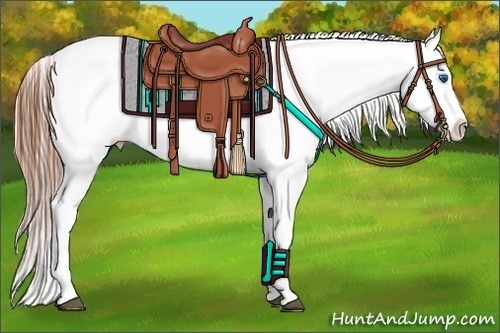
f CG UltimateSacrifice RSgmt -
You will need to look at far more horses than you have to make a sweeping statement like PATN1 het has anything to do with spot size. I don't believe an attempt to counter that idea was even looked at. You will need to be much more careful scientists to figure this out.


___________
Need to contact me? Read this first.
http://www.huntandjump.com/forum/discussion/3/how-to-get-help-from-an-administrator -
Ammit could you link the black leopard mare you have pictured here? She looks like she has the biggest spots I've seen yet.
-
It's the exact same horse. One is -/- one is PATN1/PATN1. You can compare the identical spots on the hips of both shots. :)
___________
Need to contact me? Read this first.
http://www.huntandjump.com/forum/discussion/3/how-to-get-help-from-an-administrator -
Ah! Thanks! I just assumed it was two different examples.
-
I think may have gotten a tad ahead of myself and need to back up.
Okay so the same horse.
Even in the picture with little white she still appears to have the large spots up near the top of her hindquarters. Does that mean that the PATN genes are for white expression rather than spot size? I feel like I'm drifting off onto the wrong track and not focusing on what I should be.
Ammit, I think you are having far too much fun watching us trying to figure it out lol -
I've noticed a lot of micro dots and a lot of large dots have Splash... But I've not looked to see if they all do. I do have some with splash that are mid size though.
Same with kit, especially w20, but again I don't know if every horse has it and I've seen some mid size with kit mutations.
So far I haven't found anything that they all have in common. :/ other than being LP.#28036 -
@Gallifreyan Yes, PATN1 has always been about blanket size.
@Haltanny--I have every size spot with no splash. And lots with and without w20. W20 is super common (something like 40-50% of random creates have it) since it's been introduced to the game. -
I've also been looking at all of these factors. I don't want to admit how much time I've spent staring at appaloosa spots lately!
One of the recent trends I've been looking at is whether White Factor plays a role. I'm not convinced, yet; there is a correlation but not as strong of one as I would like. However, when I look at several horses with larger splotches, the size of the spots seems to increase as the white factor decreases.
I'll try to dig up some clear examples but I'd be curious if anyone has noticed this in their horses. Or, noticed any contradictory evidence! -
Ok. So I'm super obsessed with this now. I've got a herd of about 120 Foundation Appaloosas and I've gone through and classified them all based on the size of their spots. This is a subjective classification based on what I think the size is--I'm not quite crazy enough to get out calipers and try to quantify it yet. I have put a prefix on the horses based on the spot size. The sizes are
XS = true microdot
S
M
L
XL
XX = biggest dot
Q where they are homozygous Lp or varnishy or minimal blankets and I'm just not game to try to classify a spot size.
I have 4 stallions: XS, S, L and XX.
I have divided my mares up into 3 pastures. Because I don't have as many mares at the extremes as I do in the middle, I have decided to do a two-pronged experiment.
In one pasture I have my microdot (XS) mares and my 2nd largest dot (XL) mares. I will breed them to my XS stallion. I want to see if the XS x XS always gives me an XS foal (when the foal is het Lp). I also want to see if the XS x XL foals have XS dots, XL dots or somewhere in between.
In another pasture I have my XX mares and my S mares. I will breed them to my XX stallion looking for the same sort of thing as in the above pasture--does XX x XX always give XX? Does XX x S give XX, S, or somewhere in between?
In the final pasture all other mares will go, including the Qs. I will breed them randomly to my S and L stallions and look at the results more generally.
I will post a few examples of each dot size in the next post along with a link to all of my horses in the study. I will continue to add mares while we are on this create spree and would be interested in buying foundation mares at the extremes if anyone has some they are willing to part with. -
Woot! This is so exciting. I can't wait to see what you come up with, Cheers.
I might have to do my own round to tests next breeding season. I was still working off the three dot sizes for this breeding season. -
XS microdots
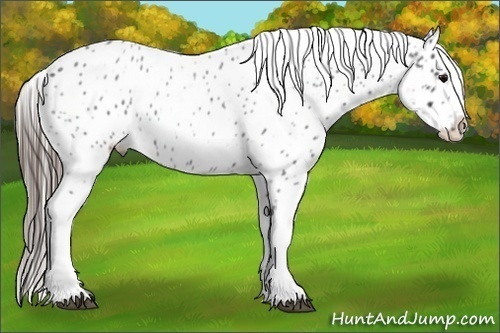
G1 Winter Soldier ErLmicr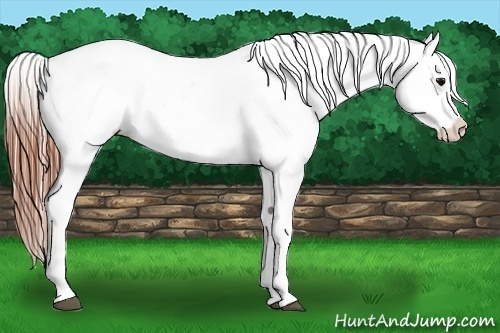
XS Will of the Gods EL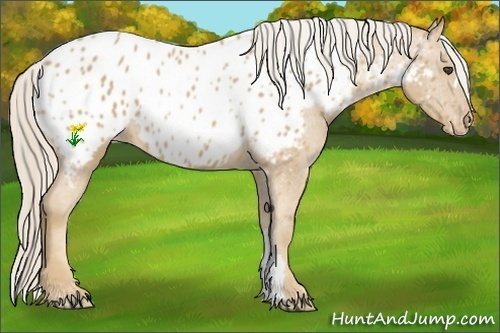
XS Pretty Pansy decnL
S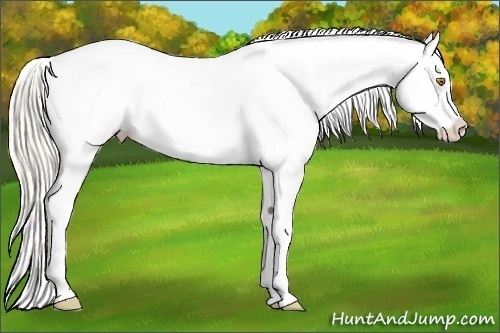
S Bogeyman RS ECZTSRL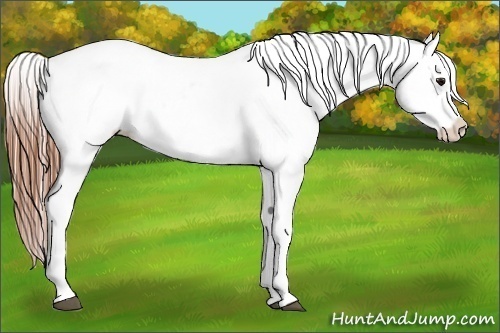
S Burnt Honey PF ALn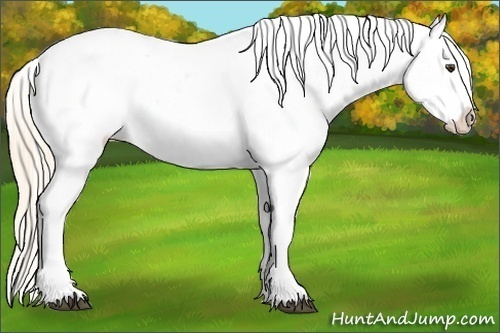
S Bronze Scribble decL
M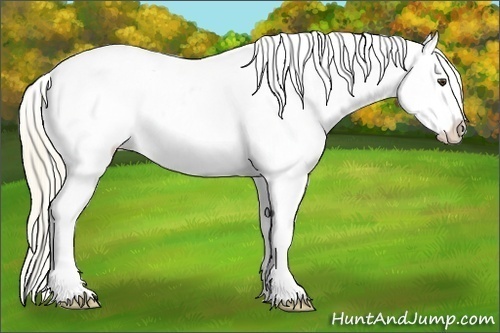
M Platinum Pennant decnL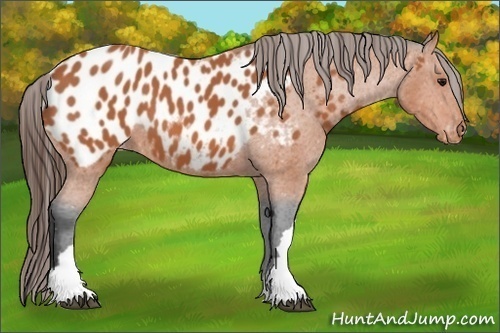
M Day Flurry dAnL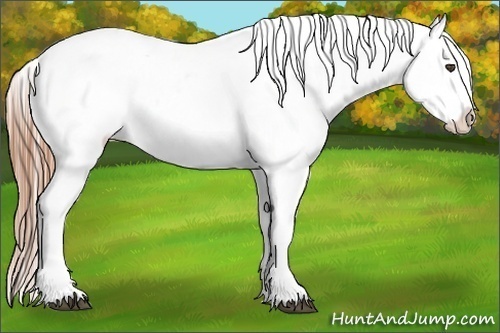
M Dizzy Lemon denL
L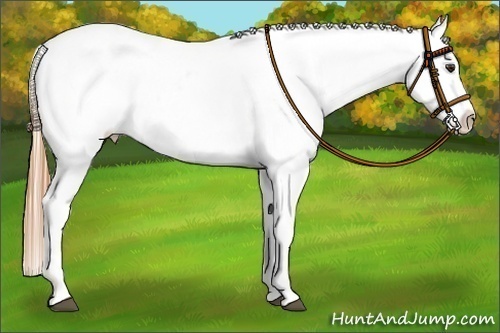
L HiddenTreasure ExPro eL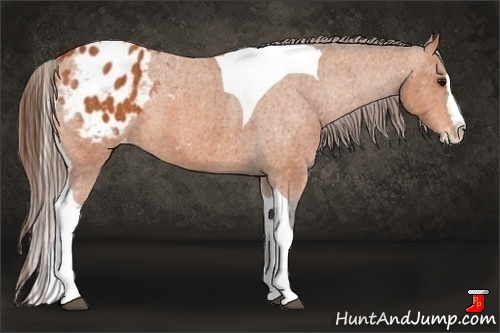
L The Thunderer RS ATSLB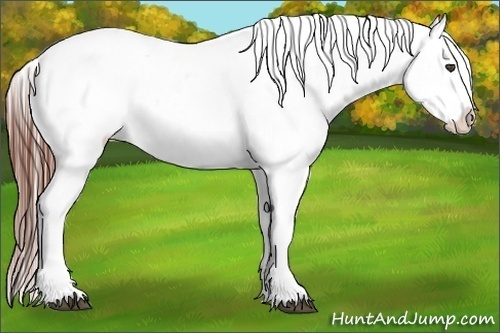
L Thorny Devil dAL
XL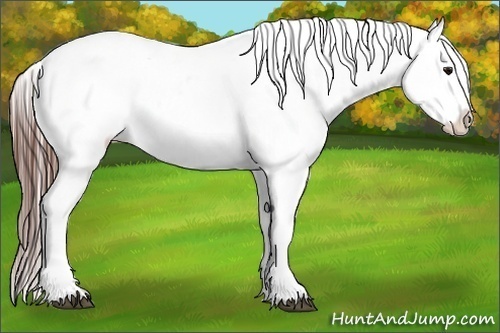
XL Winter Warmer dAL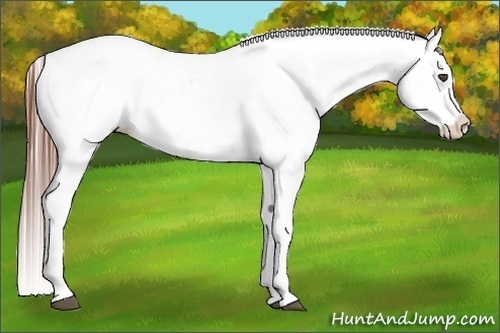
XL Thieves Honor EL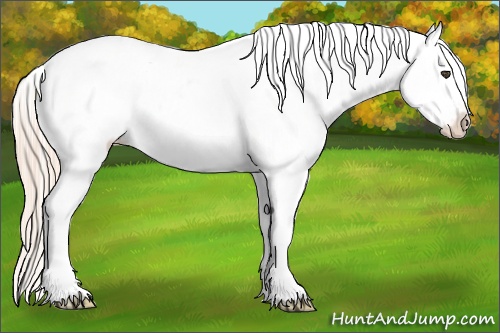
XL Peppermint Toss decnL
XX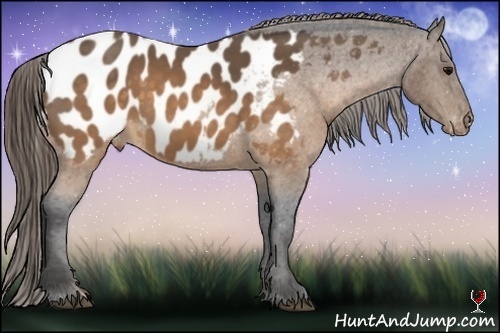
XX HallOfWorlds ExP DPtcL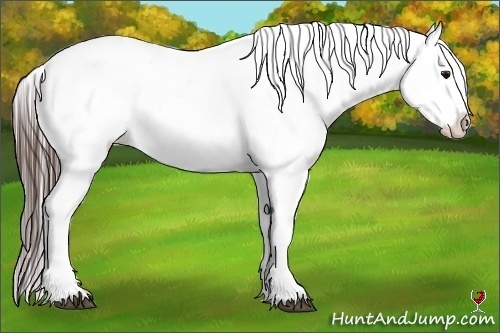
XX Black Eyed Susan dDPAL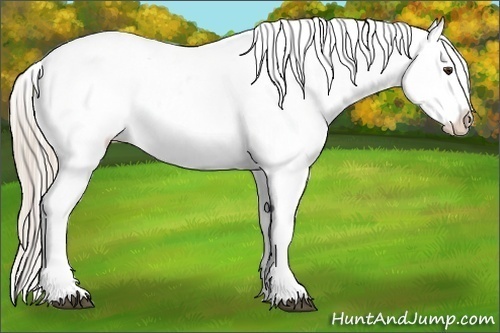
XX Countes Ephemera decnL
All horses in study plus a couple of apples in other herds that get picked up by the search.
http://hj2.huntandjump.com/adv_search.php?runsearch=1&status=any&ageg=&agel=&agee=&erag=&eral=&erae=&heightg=&heightl=&heighte=&boneg=&bonel=&bonee=&f_basic=horsegender&f_adv=none&f_limit=25&stallion=1&mare=1&bty=1&foundation=1&name=&name_lm=like&color=&color_lm=like&owner=3790&owner_lm=like&breeder=&breeder_lm=like&sire=&sire_lm=like&dam=&dam_lm=like&barn=&barn_lm=like&pasture=&past_lm=like&tattoo=&tat_lm=like&tat_and=and&club=&bc_lm=like&bc_and=and&e1=&e2=&a1=&a4=&a2=&a3=&f1=&f2=&p1=&p2=&s1=&s2=&s3=&c1=&c2=&c3=&d1=&d2=&g1=&g2=&ch1=&ch2=&z1=&z2=&sa2=&sa1=&kit1=&kit2=&kit3=&kit4=&kit5=&kit6=&kit10=&kit11=&kit12=&kit7=&kit8=&kit9=&sp1=&sp2=&sp3=&spM=&pax31=&pax32=&rb1=&rb2=&o1=&o2=&l1=&l2=1&ice1=&icei=&ice2=&ice3=&ice4=&ice5=&ice6=&ice7=&ice8=&ice9=&ice10=&ice11=&ice12=&ice13=&nexn=&nexx=&nexr=&nexg=&nexb=&brindle1=1&brindle2=1&wf1=1&wf2=1&wf3=1&wf4=1&wf5=1&wf6=1 -
If anyone wants to take a look and see what they think, I would love another person's eyes looking at this. Now that I see them side by side I think my M and L spots may be the same size....it's hard when you're looking at everything mixed up in the list!
-
I would agree. The M and L do look like they may be pretty similar. At least within the same variation that we see between others in their sizes.
I'm also not convinced that your last one, Countes Ephemera, is XXL (I feel like I'm shoe shopping!) It's hard to tell because it looks like a lot of the spots are two overlapping. But, if you look at the spots isolated on her flank, I think they might be closer to the XL. I'm not 100%, though. Rerolling her portrait might clarify it. I've done that on a few of mine.
Otherwise, I think you've got a nice assortment and I think the sizes are spot on! -
Looking at them, they kinda do, but when I switch between Thorn Devil (L) and Platinum Pennent (M) they do seem to have a size difference.Producer of Volcanic Glass Drafts. Lapisobsidianus.
Prices are almost always negotiable. -
It's hard! Some of them definitely have Dots that are splotched together and some, especially the ones with bigger blankets and therefore more dots, clearly express a range of dot sizes. I really went back and forth on Ephemera but finally left her in XX because I don't have very many XXs! If I get a few more I will definitely re-evaluate. I suspect I'm going to have all of the mares in the outer edge slots open at the same time before I hit the trigger to breed my pastures....
-
Ok so I JUST realized that I have a homoygous appy hh. I
will be naming them hom applee # and if any of you guys fancy them, just feel free to send me a pm and I'll put them up for create price. Don't feel shy, I've been creating a ton of horses lately and will need to get rid of some. I have a small barn to begin with so if you see an obvious microdot or large splotchy one, I don't mind passing them on.Producer of Volcanic Glass Drafts. Lapisobsidianus.
Prices are almost always negotiable. -
I don't think we'll be able to tell with the homozygous appies. The LpLp leads to no spots, I believe. They are always mysteries! However, I may still have to take a look and go Appie shopping, anyway.
-
....Ok I keep on forgetting that. Just ignore me and my chemistry filled brain trying to bumble about in a genetics game xD I've already made either a dark chestnut or a liver, so I'm excited about that one.Producer of Volcanic Glass Drafts. Lapisobsidianus.
Prices are almost always negotiable. -
This discussion has really grabbed my interest and now I'm looking through all my appys. I've noticed I've bred a few that have made a considerable jump up in spot size from their parents.
Note: These three foals do have one non-appy parent so that may be the factor of this.
Here is the first
I believe he has what you guys have been calling medium spots, while his dam is micro and his sire is not an appy.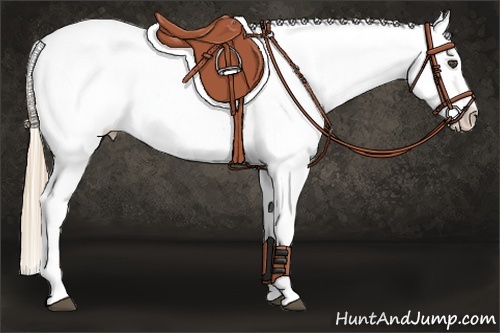
III Macintosh
Dam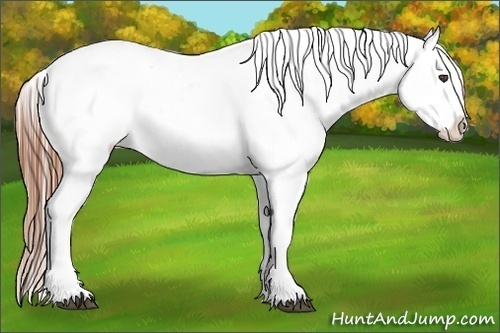
LF2 Moon Splatter brood
Sire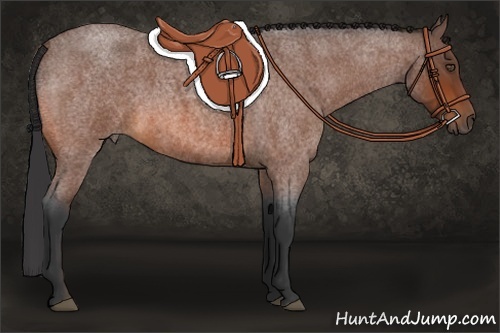
2G Magnum Z
The second has large(er) spots. Neither of her parents show spots, but one of her grandmothers show considerably smaller spots than she does.
III Fay
You can look in her pedigree to find her sire and dam, but this is her grandmother that contains spots.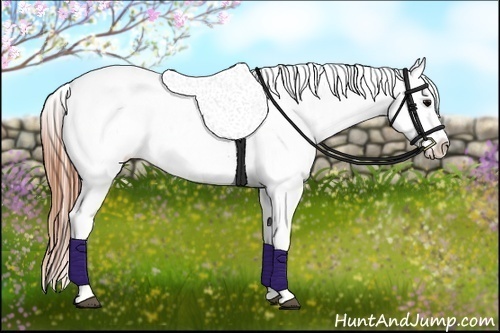
AJ Blue Moon 1G
The third's dam and grandmother displayed spots. His damsire also contained spots at one point, but he fully greyed out with age. From what I remember, his spots were not nearly as large as the foal's spots.
Here is the foal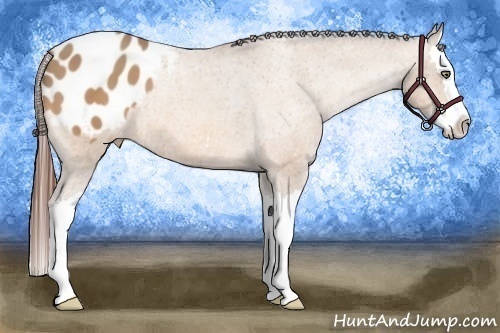
III Essen
His dam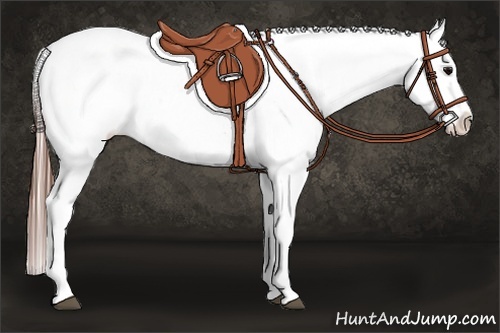
2G Kromna
His sire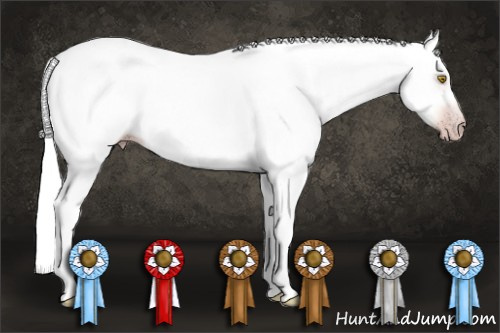
2G Decus
His grandmother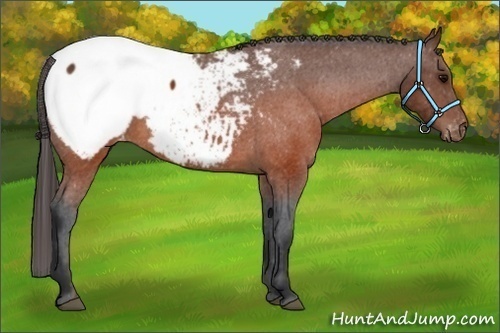
NS Cypress
And finally, his damsire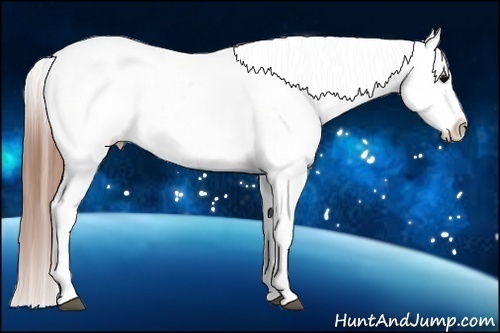
RS Over The Moon
I apologize for my babbling and hope what I found is even remotely relevant. -
That is really interesting! I am particularly interested in the first example, where the dam has microdots and so does her sire, but the gen 3 has jumped up to Medium, completely bypassing the small category.
-
Cheers, I'm glad that helped.
I'm also looking into the white factor thing as @Waldgraf mentioned."One of the recent trends I've been looking at is whether White Factor plays a role. I'm not convinced, yet; there is a correlation but not as strong of one as I would like. However, when I look at several horses with larger splotches, the size of the spots seems to increase as the white factor decreases."
I'll spare the pictures for now unless someone needs them. If that is the case, then I can add them later.
The hypothesis seems correct for horses such as III Essen
as he has large spots and a minimal white factor.
As well as this boy who has medium spots and a minimal white factor.
III Macintosh
But I've found a couple such as these who do not fit that correlation which I though was interesting.
LF2 Moon Splatter brood
She is a micro and has a light white factor.
I thought this last girl was particularly interesting. 2G Kromna
has medium spots and a white factor titled "none."
LF RS Blue Moons
seems to be a micro with no white factor.
II My Own Tune
has large spots and an extensive white factor.
Finally, ValxLim is either a small or micro (I can't decide) with a light white factor. -
-
I don't fully understand everything that's going on here but I want to help you guys out. I have some appaloosa s and if you guys need more examples to look at feel free to go through mine. They aren't bred with much focus as some of the other examples yet (I'm just now starting my line up properly) so they're will be lots of variety to look at.
One of my stallions was already used as an example, the colt that had patn 2 GMTed on then off again.
http://hj2.huntandjump.com/adv_search.php?runsearch=1&status=any&ageg=&agel=&agee=&erag=&eral=&erae=&heightg=&heightl=&heighte=&boneg=&bonel=&bonee=&f_basic=none&f_adv=none&f_limit=25&stallion=1&mare=1&gelding=1&spayedmare=1&bty=1&lined=lined&foundation=1&name=&name_lm=like&color=Appaloosa+&color_lm=like&owner=4953&owner_lm=like&breeder=&breeder_lm=like&sire=&sire_lm=like&dam=&dam_lm=like&barn=&barn_lm=like&pasture=&past_lm=like&tattoo=&tat_lm=like&tat_and=and&club=&bc_lm=like&bc_and=and&e1=&e2=&a1=&a4=&a2=&a3=&f1=&f2=&p1=&p2=&s1=&s2=&s3=&c1=&c2=&c3=&d1=&d2=&g1=&g2=&ch1=&ch2=&z1=&z2=&sa2=&sa1=&kit1=&kit2=&kit3=&kit4=&kit5=&kit6=&kit10=&kit11=&kit12=&kit7=&kit8=&kit9=&sp1=&sp2=&sp3=&spM=&pax31=&pax32=&rb1=&rb2=&o1=&o2=&l1=&l2=&ice1=&icei=&ice2=&ice3=&ice4=&ice5=&ice6=&ice7=&ice8=&ice9=&ice10=&ice11=&ice12=&ice13=&nexn=&nexx=&nexr=&nexg=&nexb=&brindle1=1&brindle2=1&wf1=1&wf2=1&wf3=1&wf4=1&wf5=1&wf6=1
Link to my appaloosa herd incase anyone was interested.----
Barn ID 4953 -
Hey Tigeria! Using my personal classification system, I would say your mare has Small dots and your foal has microdots (XS).Thanked by 1Tigeria
-
Ok, I've done my first pass with my appy breeding! I'm slowly plowing through all the foals, haven't managed to open most of them yet. I'm probably going to wait to classify everyone til they age up...but if anyone is interested, here are links to my 4 boys and you can look at their offspring from there.

XS Winter Soldier ErL
XS stallion bred to XS and XL mares. Predicted outcomes= XS x XS = XS only.
XS x XL = Something smaller than XL always.
(Obviously some foals will be Snowcap/few dot or nonLp)
S Bogeyman RS ECZTSRL
L HiddenTreasure ExPro eL
S and L stallions bred to M, L and Q mares. Expect all midrange dot sizes. Intend to remove Q mares from breeding sample next season, concentrate on only mares with quantifiable spot size.
XX HallOfWorlds ExP DPtcL
XX stallion bred to S and XX mares.
Predicted outcomes:
XX x XX = XX only.
XX x XS = something larger than XS always. -
I'm wondering if the case of the medium dots from microdot mother has to do with a factor the non appy parent caries but doesn't express because he doesn't have lp. Wanted to say maybe he has a hidden patn and that passed the spot size... but foal only has mother's patn.
-
Any Updates??
I am almost wondering (after reading the entire discussion) If dot size is either similar to the way Kit is expressed ie W, Tb, Rn etc... If dots are that way! Example oh and please excuse the misuse of terms!
Gene= Dot Dot
Alleles= Mc-Micro Dot
Sm- Small Dot
Lg- Large Dot
Obviously the alleles would be superscript to make it easier...
So it would look something like this
DotMc DotMc
Or
DotSm DotSm
Or
DotLg DotLg
And various combinations of the alleles contribute to the variations of size as well. Just like how a kit gene will help express another kit gene better when paired or when Kit helps with Frame.
Also i am not sure if any has noticed but shape is also a factor in this spotted discussion lol. This could also be another gene as well with another set of alleles.
Just my thoughts. I could be completely wrong!DivineDreams ~ 30908
Breeder of KitM, W10, W3, Livers, Chocolates, Brown, S+, Pearl, Macchiato, Nexus, and WaterColor! -
Oh and I think there is also a gene that determines if the dots are always separated by white or can over lap to make splotches...DivineDreams ~ 30908
Breeder of KitM, W10, W3, Livers, Chocolates, Brown, S+, Pearl, Macchiato, Nexus, and WaterColor! -
I guess im trying to say shape. Some horses in the feed are more prone to rounder dots that stay more uniform with leas bleedimg into each other to make splotches...
Other horses are the opposite! More splotches rather than nice round dots that have little bleeding and the white frames them
Then there are horses in between!DivineDreams ~ 30908
Breeder of KitM, W10, W3, Livers, Chocolates, Brown, S+, Pearl, Macchiato, Nexus, and WaterColor! -
This is a really neat discussion! I'm studying genetics so this was an interesting read. I wonder if spot size acts like a quantitative trait (like height or birth weight, compared to qualitative traits like human eye colour or the colour genes we test in this game), controlled by many alleles of many genes. If so it would be interested to calculate the heritability of it - here is a procedure I was thinking of:
You would need a population of stallions and mares (very important that it is a random sample) that you measure the spot size of, and then calculate the average spot size of the population.
Then you select a certain percentage of the biggest (or smallest) spots and calculate the average spot size of your new, selected herd. The difference between the average of the original herd and your selected herd is "S", the strength of selection. Then breed the selected herd (randomly) among itself, and calculate the average spot size of their foals.
Then, calculate the difference in average spot size between the original random population and the foals of your selected population, this is "R", the response to selection. The heritability of the trait is R divided by S. If the trait acts like regular genetics, then this will tell you the portion of the phenotype (appearance) that is due to heritable, additive genetic effects of the alleles of different genes and how much is due to random variation or dominance effects within the genes. If R=S, then the trait is completely due to quantitative traits, and if it is less then you have some sort of environmental variation or dominance effects (and statistical error, so you would need a decent sample size).
I'm tempted to try this on my other account, but I don't think I have enough space to do so right now.Thanked by 1Ammit -
I'm working with a herd of about 200 mares, 100 at the extremes and 100 in the middle. I have 4 stallions, one at each extreme and 2 in the middle. I'm breeding the middle mares to the middle stallions as a control. I'm breeding the extremes to themselves. I'm also breeding the extreme stallions to a few mares close to the opposite extreme to see if one extreme size consistently pulls their offspring that direction.
The only way I can think to do your calculations is to actually get out the calipers and measure average dot size on each individual in my herd and I will admit I'm not that committed....
At this point I think I may be seeing a trend towards small dots being more likely than the extra large dots, but I don't have a big enough sample to say that with any conviction yet. -
Now you guys are doing science instead of cherry picking search results to fit unsupported hypothesis. I'm so proud. :D
___________
Need to contact me? Read this first.
http://www.huntandjump.com/forum/discussion/3/how-to-get-help-from-an-administratorThanked by 1ObsidianKitsune -
I sadly don't have the space to science, unless I get rid of all of my lines, so I'm creating appy HH's and trying to find megadot mares for Cheers.Producer of Volcanic Glass Drafts. Lapisobsidianus.
Prices are almost always negotiable. -
I (Waldgraf) finally caved and created a second account so I can play with dot sizes and not get distracted by other breeding goals. Obviously, it's fairly bare so far but I'm trying to start out with some ways of quantifying dot size. My first goal is to try to nail down how many size categories there are (if there are distinct categories) or see if it's a continuous gradient.
I took an average of three dot sizes using a firefox add on pixel ruler and determined the ratio dot size to overall body size. So far, I have three measurable Appaloosas in my herd:
Ratio: 1:0.0024 pixels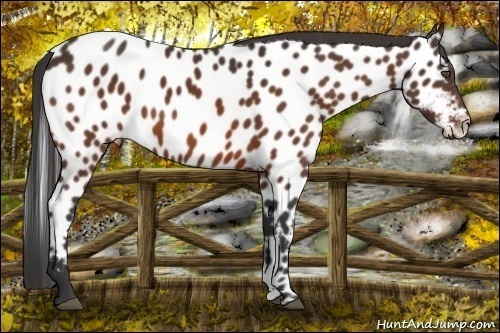
0p0024 Bay Leap
Ratio: 1:0.0011 pixels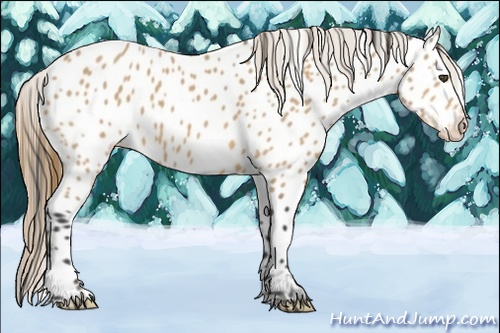
0p0011 Buckskin Leap
Ratio: 1:0.0006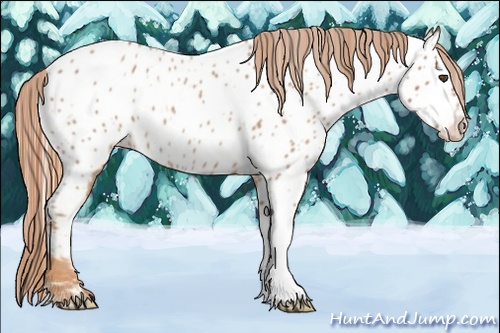
0p0006 Red Roan Leap
I might do some measurements on my main account to get some better ideas about size ranges. I'm looking forward to next season! -
Okay, so I haven't joined in this discussion at all, but it's interested me.
So.
I just created an ExPro Appaloosa mare, and she wasn't dark enough to suit me (plus she seemed redder than normal, which I hoped meant DP--it wasn't), so I GMT'd her Sooties on and screenshot the process.
Her spots grew.

I'm glad I found this out during a GMT sale, aren't you? -
;) :D
___________
Need to contact me? Read this first.
http://www.huntandjump.com/forum/discussion/3/how-to-get-help-from-an-administrator -
YOU GUYS WE WON
Is that it? Did we miss anything? :D -
You have your first map piece.
___________
Need to contact me? Read this first.
http://www.huntandjump.com/forum/discussion/3/how-to-get-help-from-an-administrator





